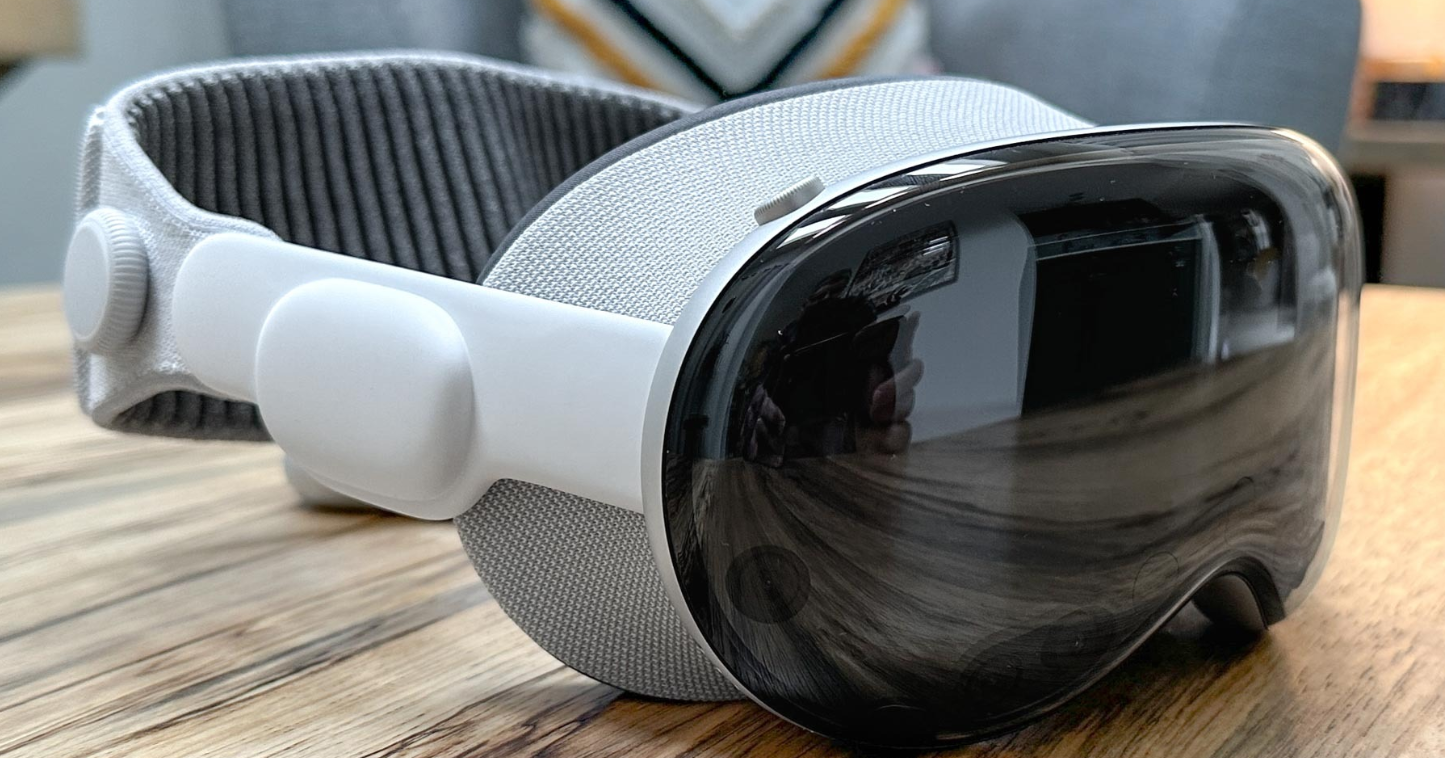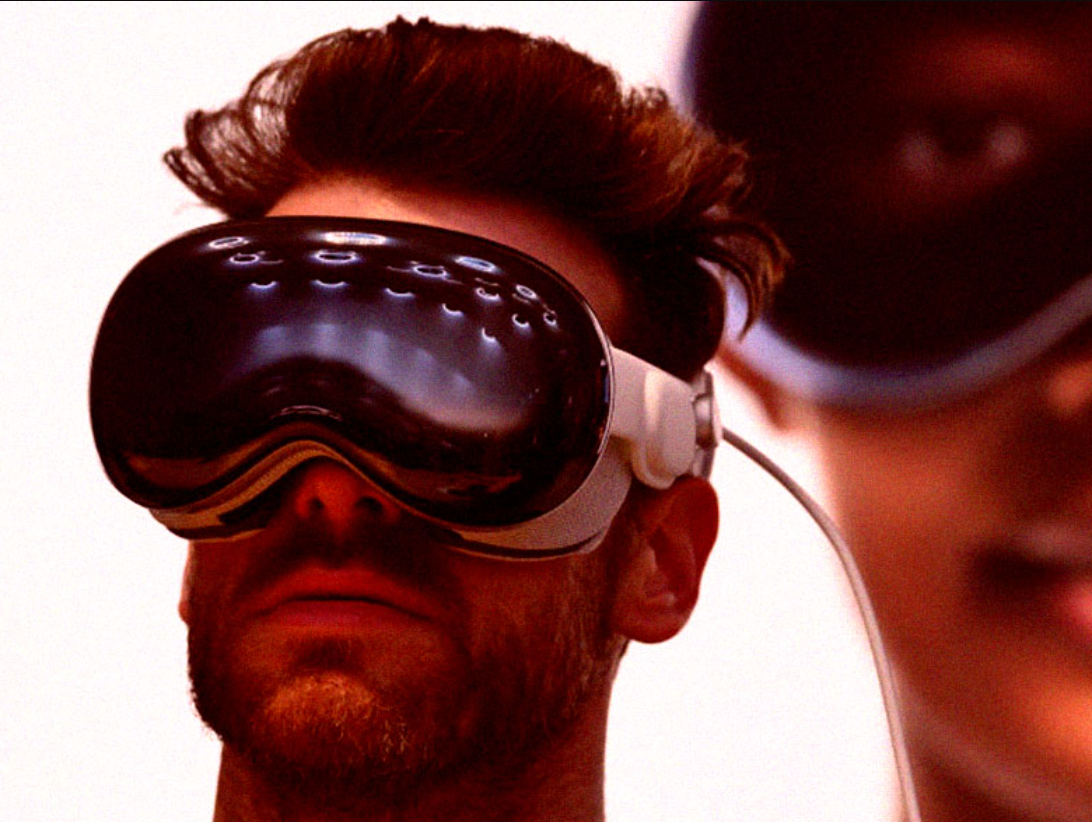A concerning side effect has been reported by several users of Apple’s latest virtual reality (VR) technology: black eyes. This unexpected consequence is quickly gaining attention as more users come forward with similar experiences. The issue seems to stem from the device’s immersive nature, which can sometimes lead users to forget their real-world surroundings. In this state of heightened engagement, they may accidentally hit their faces against various objects, leading to black eyes.
Some users have reported that the device’s tracking system can be inaccurate or slow, resulting in them colliding with walls, furniture, or other objects before the system can warn them of the impending danger. It is important to note that Apple is yet to comment on these reports or provide a definitive solution. However, users are urged to use the device in a spacious and clear environment to avoid potential risks. Further, they are encouraged to regularly take breaks to readjust to their physical surroundings. This issue underlines the need for advancements in VR technology to ensure user safety while maintaining an immersive experience.

“Initial Use Difficulties: Issues with Fit Led to Bruising”
Beginning a new activity or using a new piece of equipment often comes with its set of challenges. One common issue, especially with physical activities that require gear or equipment, is the difficulty in achieving a perfect fit. This could be in the context of sports, exercises, or any activity that requires specialized equipment like protective gear, footwear, or clothing. This problem might seem trivial at first, but the repercussions could be physically uncomfortable, and in some cases, cause harm.
For instance, consider the case of a novice skier. The sport requires several pieces of equipment such as skis, poles, boots, and helmets. The boots, in particular, need to fit just right. Too tight, and they could restrict blood flow, causing discomfort and even pain. Too loose, and the lack of control could lead to falls or injuries. If the boots are not correctly fitted, the initial use could lead to bruising on the feet or ankles, causing discomfort and potentially hampering the learning process.
In other instances, such as cycling, a poorly fitted helmet could lead to headaches or, in the event of a fall, provide insufficient protection leading to more severe injuries. Similarly, in contact sports like football or hockey, ill-fitted protective gear could cause bruising or more severe injuries.
Moreover, initial use difficulties are not limited to sports alone. They could also arise in everyday activities like wearing a new pair of shoes. If the shoes are not the right size, they could cause blisters or bruises.
In conclusion, initial use difficulties due to issues with fit can lead to uncomfortable and even painful experiences. Therefore, it is essential to pay close attention to the fitting of equipment or gear. Proper fitting can enhance performance, comfort, and safety, making the overall experience more enjoyable and rewarding.
Unfortunate Effects: The Impact on Users
The unfortunate effects of certain activities and behaviors can be significantly damaging for users. For instance, the excessive consumption of digital content, especially on social media platforms, can lead to a variety of negative repercussions. This overuse can result in a decrease in productivity, as individuals find themselves spending more time scrolling through feeds and less time focusing on tasks at hand. It can also lead to mental health issues such as increased anxiety, depression, and feelings of isolation. Furthermore, it can affect physical health as well, by contributing to sedentary lifestyles, eye strain, and poor sleep quality.
Additionally, it can distort perceptions of reality, as individuals compare their lives to the often idealized images they see online. Moreover, the overuse of technology can expose users to cyber threats, such as hacking and identity theft, thereby compromising their safety and security. The negative impacts are not limited to digital consumption, however. Substance use also has numerous unfortunate effects, including health deterioration, financial instability, and relationship breakdowns. These impacts are often severe and long-lasting, creating a cycle that can be hard to break without proper intervention and support. Therefore, it is crucial for users to be aware of the potential negative effects of their actions and take appropriate steps to manage and mitigate them.

Persistent Discomfort: Addressing the Challenges of VR Wear
Persistent discomfort has been a significant hurdle in the advancement and widespread adoption of VR technology. Despite the captivating immersion and interactivity that VR systems provide, many users often report discomfort after extended periods of use. The challenges of VR wear largely stem from its physical nature – the headsets are typically bulky and heavy, putting strain on the neck and shoulders. Moreover, they can also cause eye strain, dizziness, and nausea, a condition often referred to as “VR sickness”. This is akin to motion sickness and is caused by the disconnect between what the eyes perceive and what the body experiences.
To counter these challenges, companies are investing in research and development to improve the ergonomics of VR headsets. The aim is to produce lighter, more comfortable wearables that can be used for longer periods. Additionally, developing technologies such as foveated rendering, which reduces the processing demands on the VR system by only fully rendering what the user is directly looking at, could contribute to alleviating the issue of eye strain.
Furthermore, there are software solutions being explored to minimize the occurrence of VR sickness. These include the use of “teleportation” as a movement mechanic, which reduces the disconnect between visual perception and physical sensation, and the introduction of a fixed point of reference in the virtual environment, such as a cockpit or a helmet, to help orient the user.
While these solutions show promise, there is no one-size-fits-all remedy. The comfort level of VR wear varies from user to user, making it essential to provide customizable options that cater to individual needs. Continued innovation and research into these challenges would not only enhance user comfort but also pave the way for VR to reach its full potential in various fields, from gaming to education, healthcare, and beyond.
